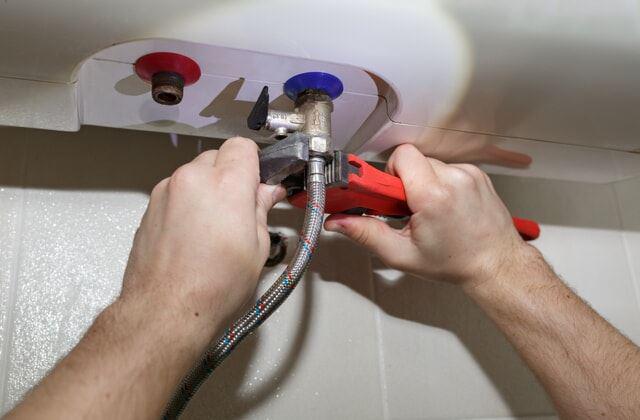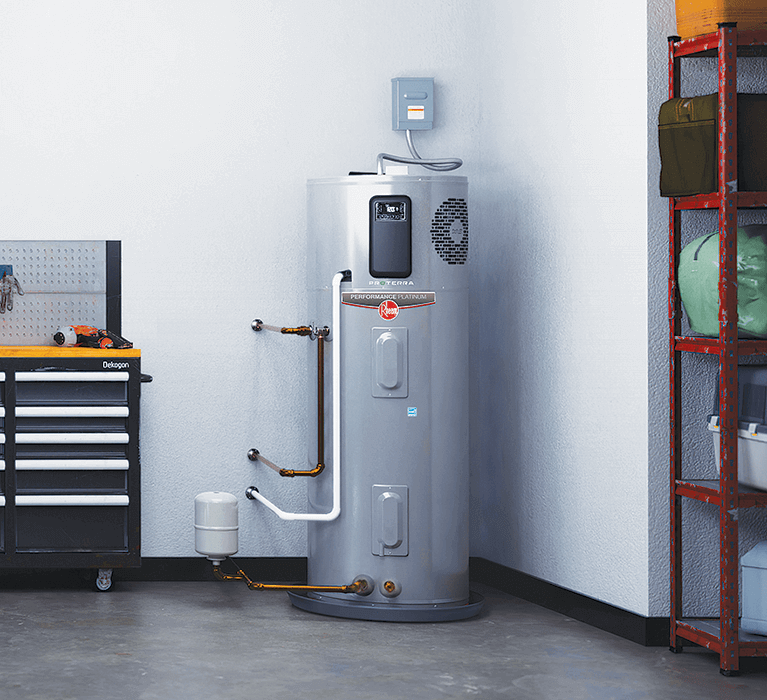Key Tips on Maintaining Your Home's Hot Water System
Key Tips on Maintaining Your Home's Hot Water System
Blog Article
They are making several good pointers regarding How to Maintain a Hot Water Heater in a Few Simple Steps in general in the content down below.

Warm water is crucial for day-to-day comfort, whether it's for a refreshing shower or cleaning meals. To ensure your warm water system runs effectively and lasts much longer, routine maintenance is key. This article provides sensible ideas and understandings on exactly how to preserve your home's hot water system to avoid interruptions and expensive fixings.
Intro
Preserving your home's warm water system could appear complicated, but with a couple of easy steps, you can ensure it runs efficiently for several years to find. This guide covers every little thing from recognizing your warm water system to DIY maintenance suggestions and recognizing when to contact professional aid.
Value of Maintaining Your Warm Water System
Regular maintenance not only extends the lifespan of your hot water system but also ensures it runs successfully. Ignoring maintenance can bring about lowered efficiency, higher energy costs, and even early failing of the system.
Indicators Your Hot Water System Needs Maintenance
Understanding when your warm water system needs focus can avoid significant issues. Watch out for signs such as irregular water temperature level, weird sounds from the heater, or rustic water.
Comprehending Your Warm Water System
Before diving into maintenance tasks, it's handy to recognize the standard components of your hot water system. Normally, this consists of the hot water heater itself, pipes, anode rods, and temperature controls.
Monthly Maintenance Tasks
Routine regular monthly checks can aid catch minor problems prior to they escalate.
Purging the Hot Water Heater
Flushing your water heater eliminates sediment build-up, boosting efficiency and prolonging its life.
Checking and Replacing Anode Rods
Anode poles protect against corrosion inside the container. Checking and replacing them when worn out is important.
Checking and Readjusting Temperature Level Settings
Readjusting the temperature level settings makes certain optimal efficiency and safety and security.
Do It Yourself Tips for Upkeep
You can execute numerous maintenance jobs on your own to maintain your warm water system in leading condition.
Checking for Leaks
Frequently examine pipes and links for leakages, as these can cause water damage and higher bills.
Examining Stress Alleviation Valves
Examining the stress relief valve ensures it functions appropriately and protects against extreme stress accumulation.
Protecting Pipes
Shielding warm water pipes reduces warmth loss and can conserve power.
When to Call an Expert
While DIY upkeep is valuable, some problems require professional knowledge.
Complex Concerns Needing Professional Aid
Instances include significant leakages, electric issues, or if your water heater is continually underperforming.
Regular Professional Upkeep Conveniences
Expert maintenance can consist of extensive inspections, tune-ups, and making certain compliance with safety criteria.
Final thought
Regular upkeep of your home's hot water system is necessary for effectiveness, long life, and price savings. By adhering to these suggestions and recognizing when to seek specialist assistance, you can ensure a reliable supply of warm water without unexpected interruptions.
How to Maintain an Instant Hot Water Heater
Before tinkering with your hot water heater, make sure that it’s not powered on. You also have to turn off the main circuit breaker and shut off the main gas line to prevent accidents. Also turn off the water valves connected to your unit to prevent water from flowing into and out of the appliance. 2. When you’re done, you have to detach the purge valves’ caps. These look like the letter “T†and are situated on either side of the water valves. Doing so will release any pressure that has accumulated inside the valves while at the same time avoid hot water from shooting out and burning your skin. 3. When the purge valves’ caps are removed, you have to connect your hosing lines to the valves. Your unit should have come with three hoses but if it didn’t, you can purchase these things from any hardware or home repair shops. You can also get them from retail stores that sell water heating systems. Read the user’s manual and follow it to complete this task properly. When the hosing lines are connected, open the purge port’s valves. 4. You should never use harsh chemical cleaners or solutions when cleaning your unit. Make use of white vinegar instead. It should be undiluted and you’ll probably use about 2 gallons. 5. Now flush your water heater. This task should probably take about 40 minutes. We can’t give you specific directions for this because the procedure is carried out depending on the type, model and brand of your heater. With that being said, refer to the user’s manual. 6. When you’re done draining the unit, you have to turn off the purge port valves again. Remove the hosing lines that you earlier installed on each of the water valves. Put the valve caps (purge port) back in their respective places and be very careful so as not to damage the rubber discs that are found inside these caps. 7. Now that everything’s back in place, check your user’s manual again to find out how to reactivate your water heating system. 8. Once it is working, turn one of your hot water faucets on just to let air pass through the heater’s water supply pipes. Leave the tap on until water flows smoothly out of it. https://www.orrplumbing.com/blog/2014/september/how-to-maintain-an-instant-hot-water-heater/

As a keen person who reads about Water Heater Maintenance Tips You Can't Afford to Forget, I was thinking sharing that excerpt was a smart idea. Do you know about someone else who is very much interested in the niche? Be sure promote it. We enjoy your readership.
Learn More Report this page